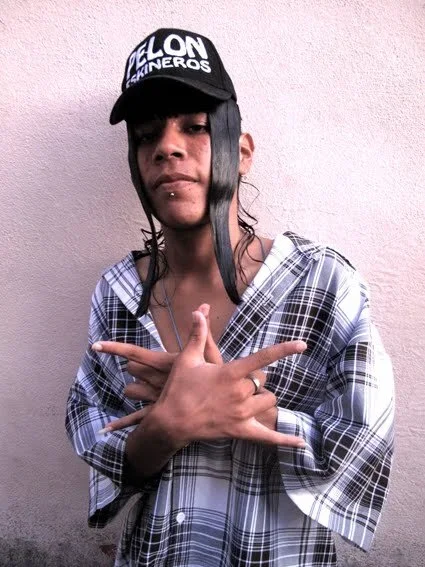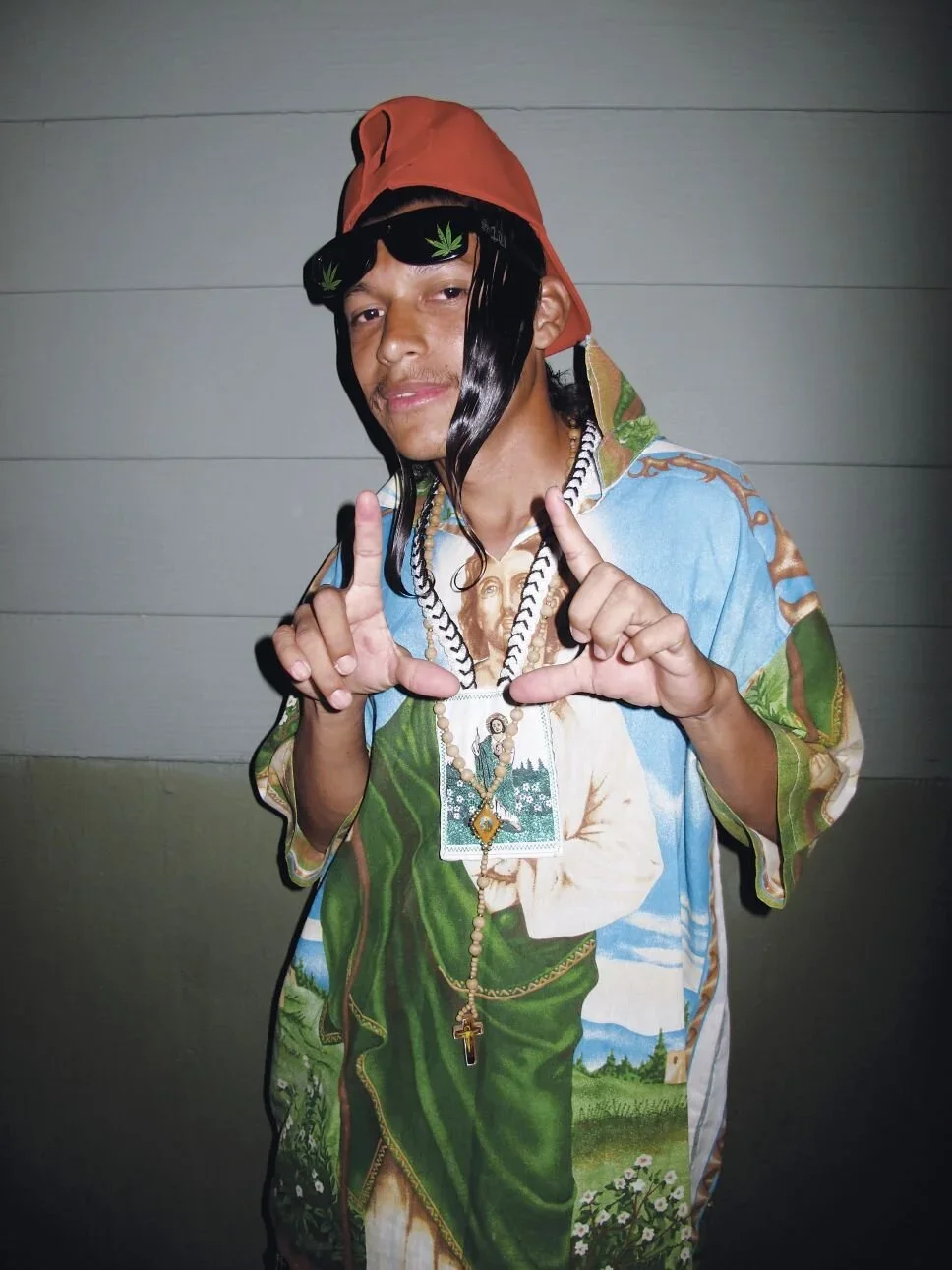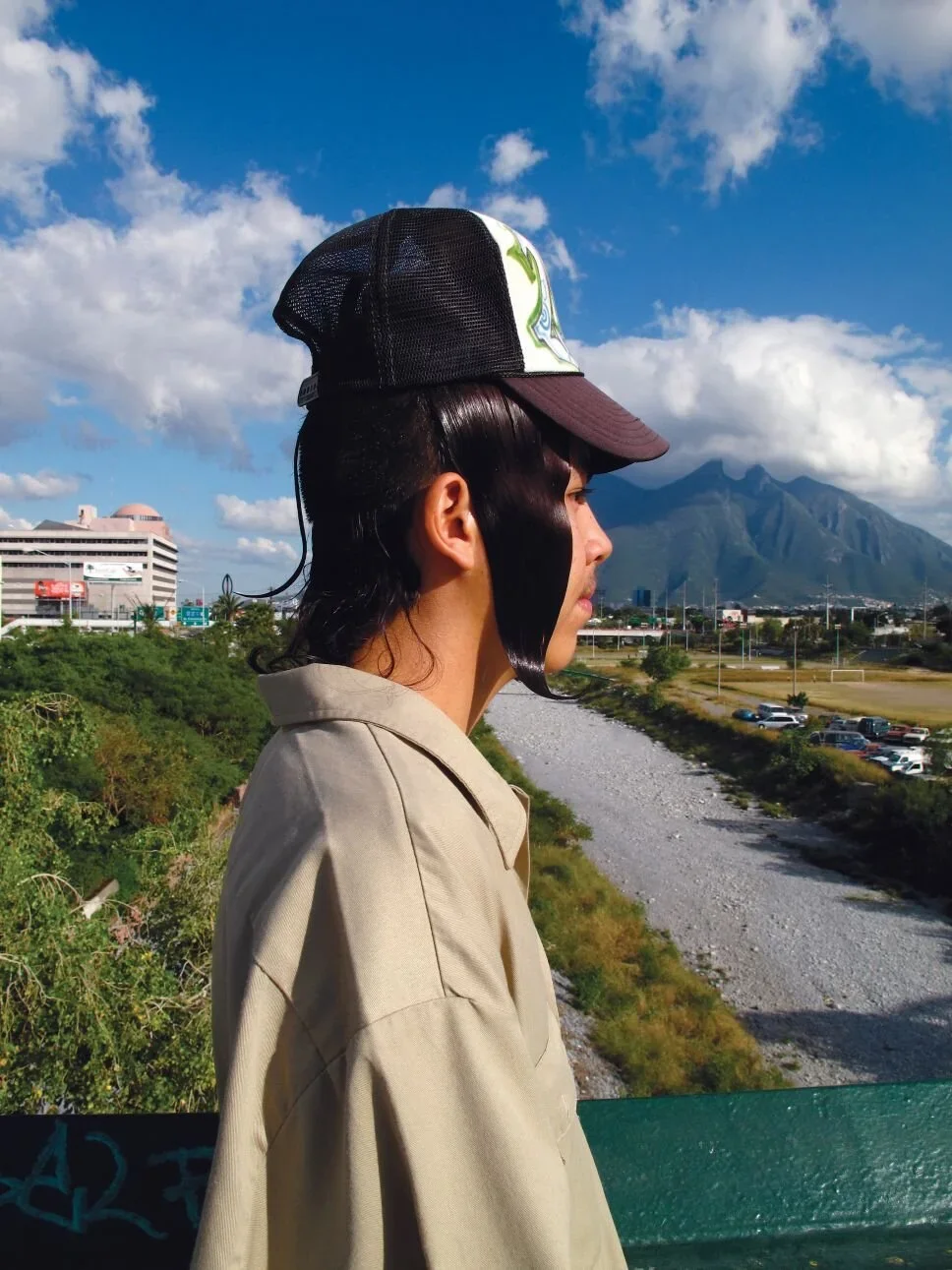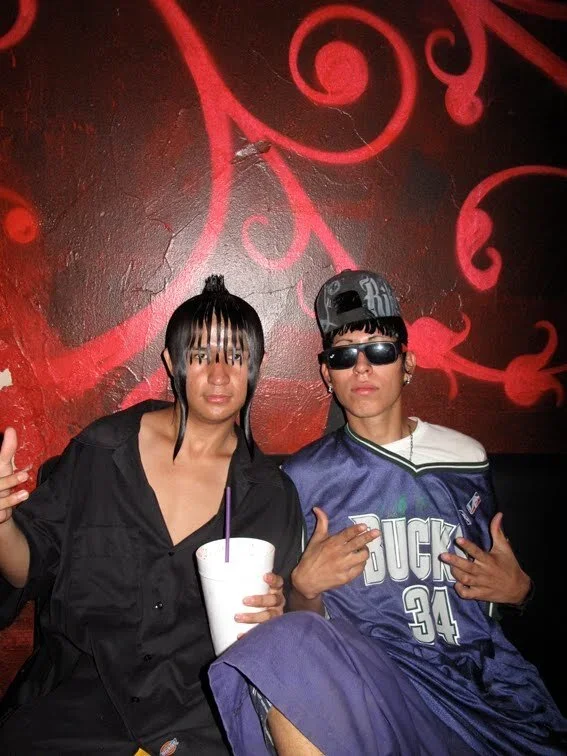Cholombianos and Cumbia: Mexico’s unique subculture.
Cholomobianos, Mexico’s most fascinating cultural export. Peaking in the early 2000s and since 2013 dwindling in numbers, the unique subculture has garnered a cult following. On the internet there is little information about the Cholombianos besides the occasional low quality phone footage, a short wikipedia entry, or Stephan Ruiz archival photos in 2012. We’ve put together this article to piece together the puzzle of this youth culture and help archive their fascinating fashion and dance styles.
Cholombiano history begins far later than the turn of the millennium. To trace this subculture's beginnings, we must start with prohibition of drugs that began in the 20th century. In the latter half of the 20th century, citizens from Colombia began moving to central America. Many were fleeing the devastating effects of drug trafficking that had gripped the country in the 70s. People left their country in search of a safer and more stable life. The war on drugs declared by Nixon and Reagan only inflamed the issue further. Gangs such as The Medellín Cartel led by Pablo Escobar, along with government officials, had a tight grip on the country and many wanted out. This mass migration led to a huge export of Colombian culture across Central and Northern America that continues to have an effect on politics and economics today. This is the beginning of our story of a distinctive youth culture in a city called Monterrey.


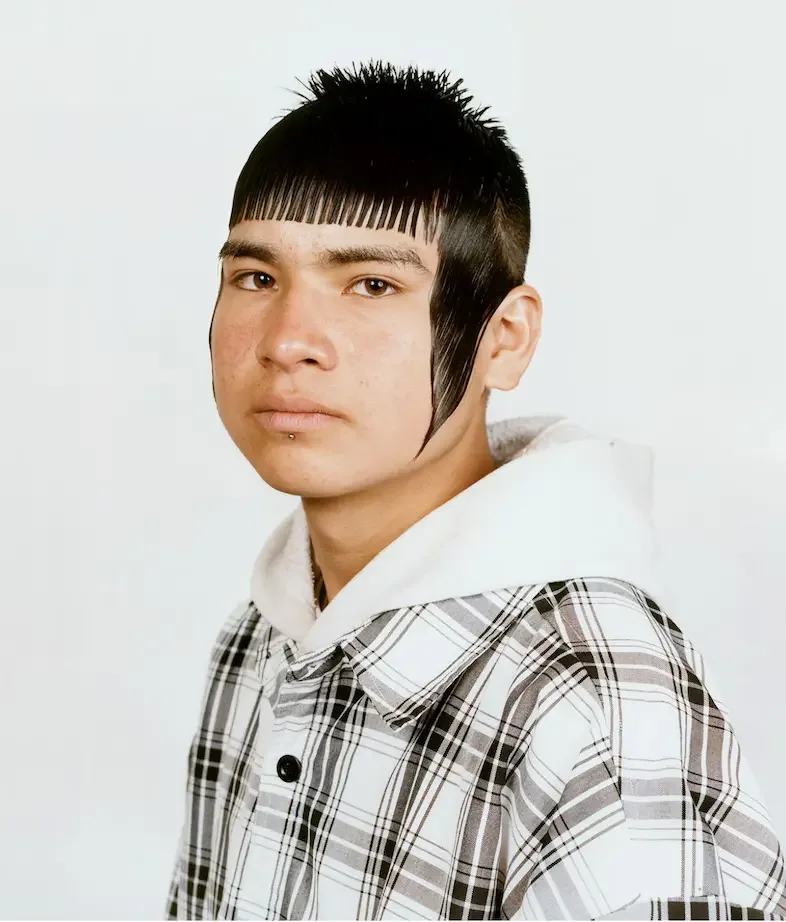

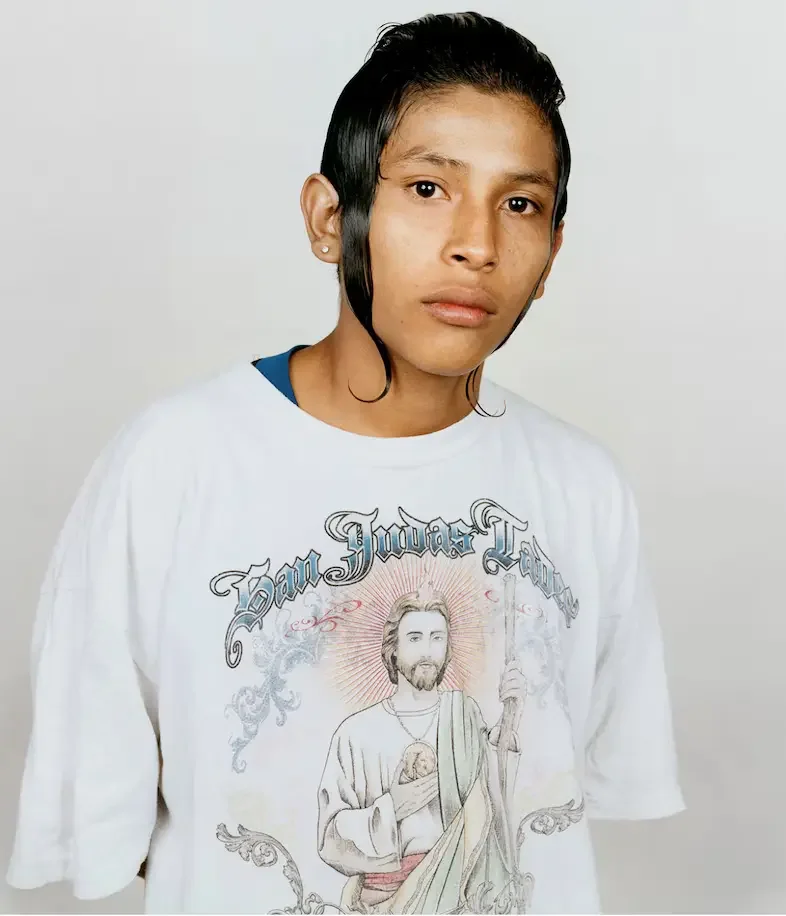

By the early 2000s, the Colombians who fled to Mexico under the protection of political asylum from their country's guerrilla problems had settled and began a new life. Migration focused on a few key cities, most notably Monterrey. Cumbia records and Cholo fashion culminated into a cultural melting pot which created the distinctive style of the photos you see above.
Slicked, spiked to partly shaven hair, mostly sported by men, to snapbacks and trucker hats that obscure their hairstyles as to avoid attention from police on the streets, their look is captivating.. Christian imagery, such as angels or the Virgin of Guadalupe, on shirts, hoodies and caps are the most common symbols found on their clothing along with a very clear obsession with plaid bagginess galore. This style is described by author Javiar Auyero as “a mix of American hip hop, Puerto Rican reggaeton and old Aztec representations.” The photos you see here, taken by Stephan Ruiz, are an eye opening look into a culture that wasn’t properly documented prior to his photoshoot in 2012. In a VICE documentary, he says “I wasn’t trying to make some kind of social statement about where they live or about anything like that. It’s more about them and their style.”
What is the difference between Cholos and Cholombianos? We’re here to discuss youth culture, not etymology, but it is an important distinction in this case. Cholo is a nuanced word, for example, it is a term of endearment and a racial slur, depending on what part of the Americas you’re in and what context its used. It was once used by Spaniards who came to the continent to describe ‘lower class’ individuals. It was also used to describe people who have a mixed heritage, between indigenous and Spanish. It can also signify a person who is part of a gang or an individual who dresses part of a certain subculture. Cholos, in central and northern America, have their own distinctive style, with penciled eyebrows, tattoos, buttoned up shirts, listen primarily to hip hop and can be associated with gangs.
Cholombianos are similar to Cholos, but they’re far more extreme in their style and aren’t known to have violent tendencies. They don’t associate with gangs, nor do they actively engage in party politics. This subculture is instead politicised externally, with police being known to single out participants who engage in the style. The radical fashion is mistaken by local police as being associated with illegal behaviour or anti-state politics.
Colombianos is Spanish for ‘Colombians’, hence the fusing of ‘Cholo’ and ‘Colombianos’ to make ‘Cholombianos’. You’ll also find the youth culture is referred to as ‘Kolombia(s)’ too. There is a deeply intertwined history behind these terms that goes back hundreds of years. Which term you use depends on who you talk to, but the unifying force the Mexican urban subculture agrees on: They made Colombian cumbia their own.
This unifying force, and prior mentioned key difference between this culture mash of southern and Central American culture, is Cumbia Rebajada (meaning lowered cumbia music). This music genre was discovered by accident, as Sonido Duéñez claims, when a piece of equipment malfunctioned and began playing vallenato and Colombian cumbia at half its original speed.
Taken by Amanda Watkins
Thus, the heel kick, encircling, back slumping, fast paced, and toe pressing dance to Cumbia Rebajada was born. The dance moves were referred to as el paso del gavilán or la moto step, their sense of rhythm just as infectious and fascinating as the fashion styles themselves.
Speaking to Gata Magazine, Amanda Watkins who also photographed the scene in 2007 Monterrey notes how the clothes were made in a “handcrafted manner and it meant everything was custom made by friends which made it very personal.” As it’s the early to mid 2000s, fast fashion hadn’t taken full force yet, which meant every outfit worn in the subculture was truly unique. This handcrafted element was also seen in punk culture in the 70s, which is known for its ‘individual’ culture and this is why both punk and Cholombiano culture are so captivating. Both subcultures participated in a DIY approach to fashion that is rarely seen in our modern fast fashion society. Unlike punks, however, it would be a mistake to label Cholombianos as countercultural, at least, it wasn’t their objective to challenge the power status quo overtly. Punk music and culture have a political foundation in Anarchy, which the entire fashion and style is rooted upon. For Cholombianos, there is no political theory behind their radical look. Stephan Ruiz explains this clearly, “the music they dance to is slowed down,” Ruiz explains, “so if anything, all they do is smoke some weed and dance in circles, very slowly, kind of huddled together. They aren’t bad kids”
Taken by Amanda Watkins
Watkins makes a similar point, “people would dance immediately, they would dance around in a big circle like a tribe and the feeling was very tangible, you had to join in, it was great fun.” Their alluring soundtrack, much like their unique look, was irresistible to photographers and media outlets. At most, all the youth wanted to do was dance and show off their styles.
Instead, Cholombianos became politicised, and the scene began to evolve in another direction. The distinctive dancing styles from Cumbia Rebajada are a part of a wider style of dancing that spreads to other subgenres of cumbia. A more recent cumbia dance that has taken over social media is based on a step called Wepa. There are now accounts dedicated to showcasing variations of the original steps and new wardrobes as well. This subculture continues to be popular amongst younger crowds, but is far less radical in the fashion styles of Cholombianos.
By the 2010s the subculture had largely disappeared due to increased policing. However, a recent revival in interest had garnered archival efforts, films and photography of the Cholombianos. In 2019, the Netflix film, ‘Ya no Estoy Aquí’ (I’m no longer here) follows the life of a leader called ‘Los treks’, who dedicates their time listening to Cumbia Rebajada and embodying the Cholombiano style. The mistake of associating Cholombianos with gang culture led to the subculture's collapse as it became too risky to participate, but the unifying force, the music of Colombia Cumbia, lives on.
Written by Zak Hardy
Edited by Angela Ugarte


